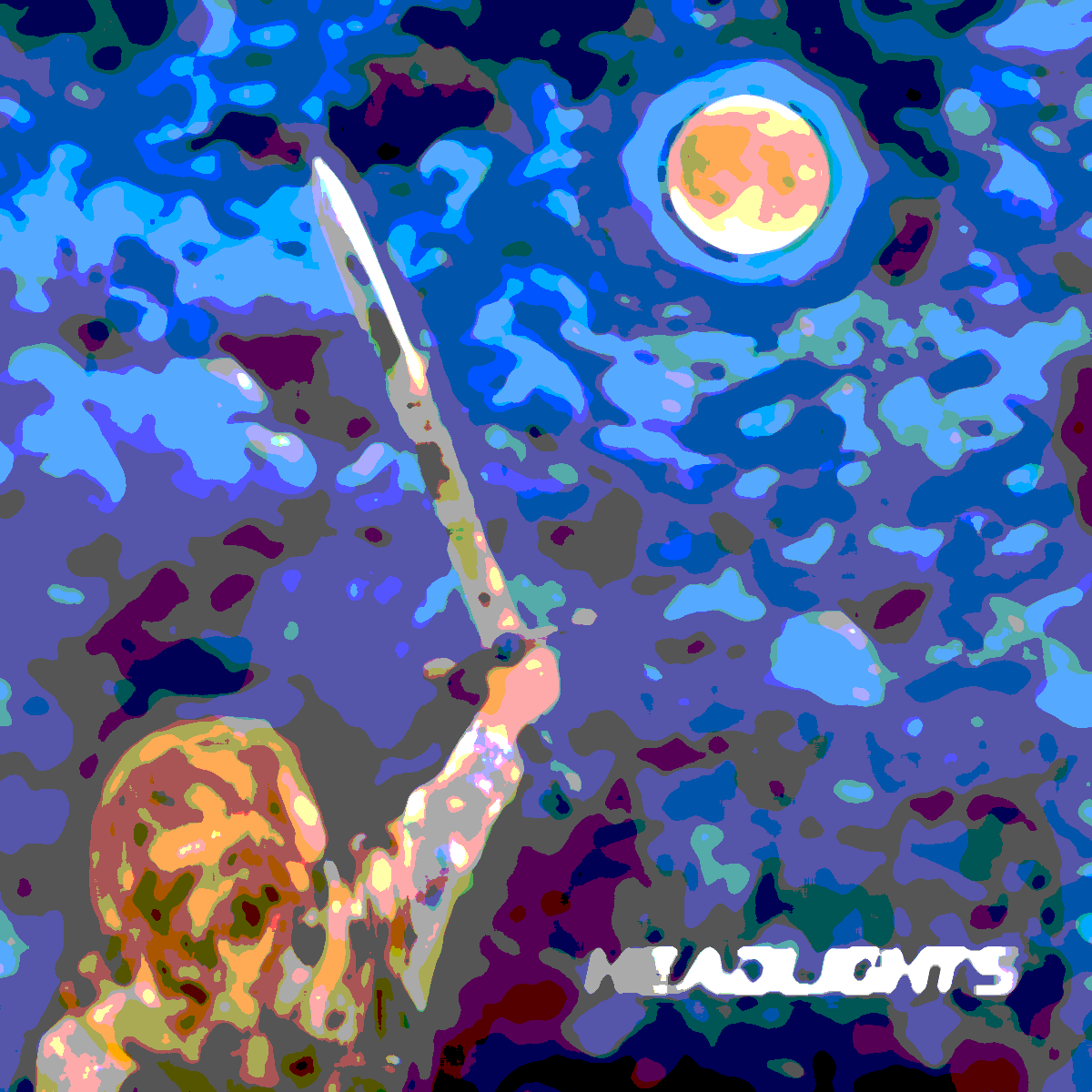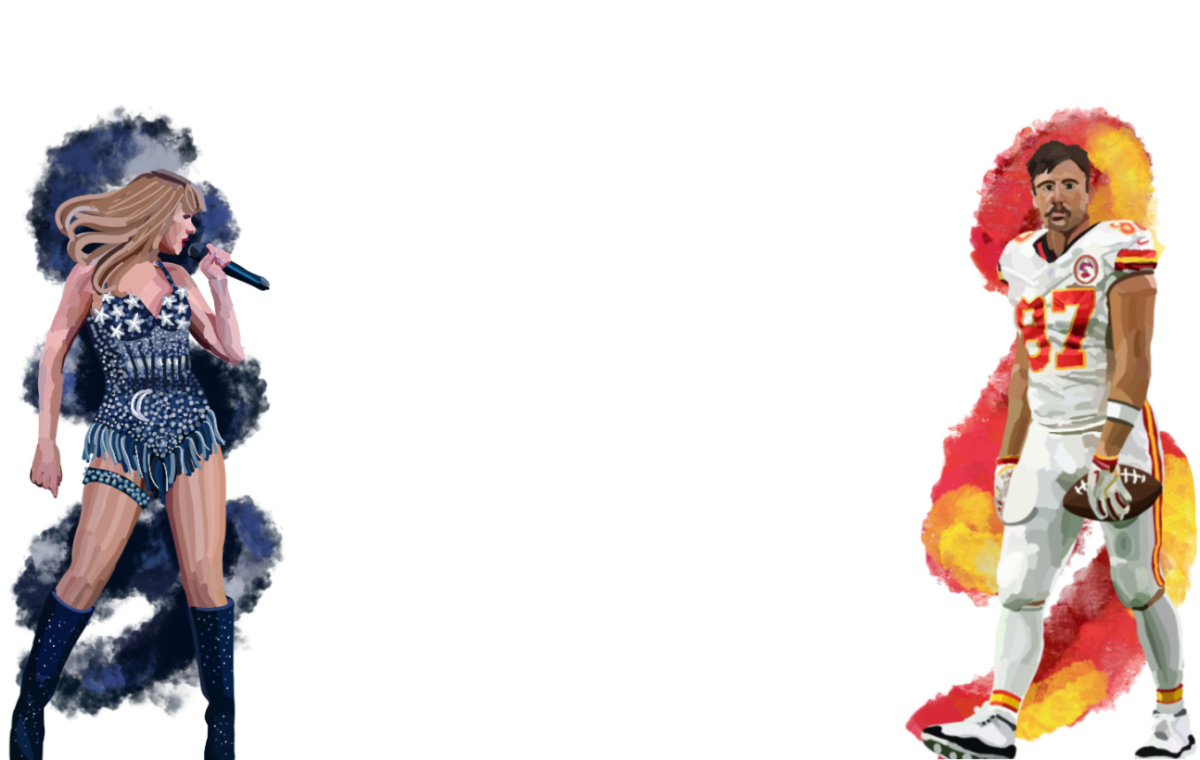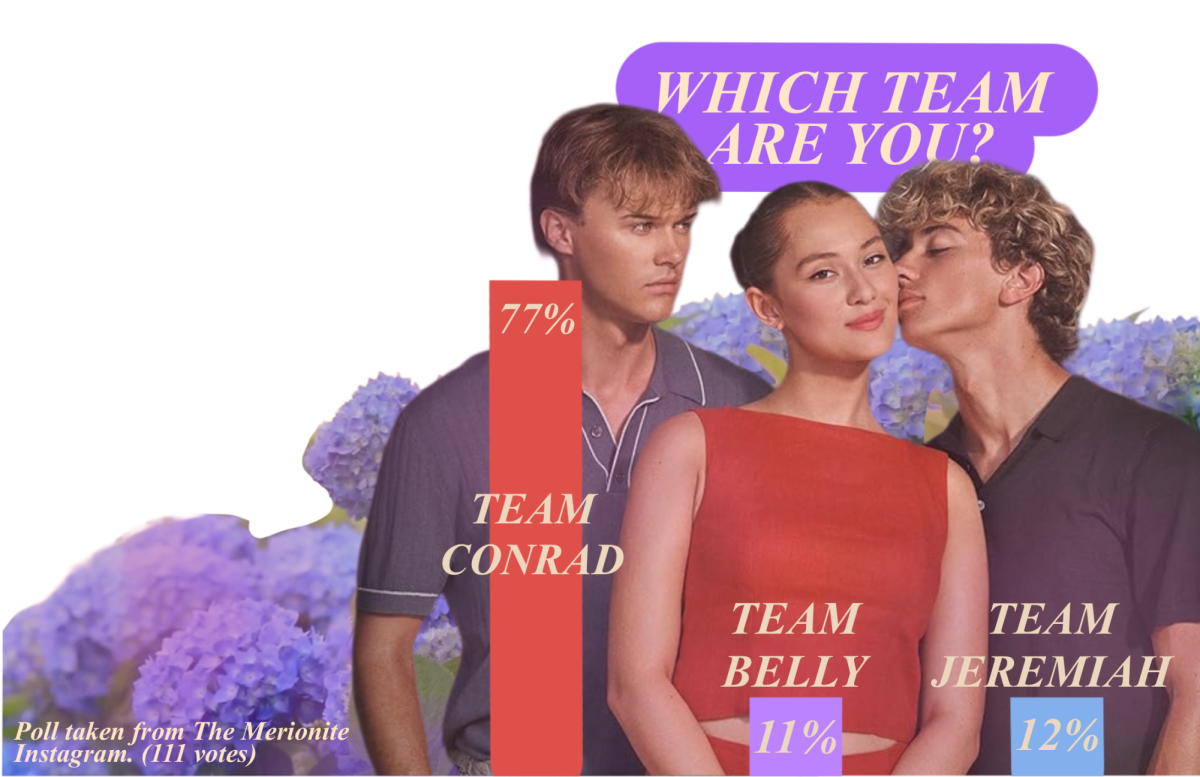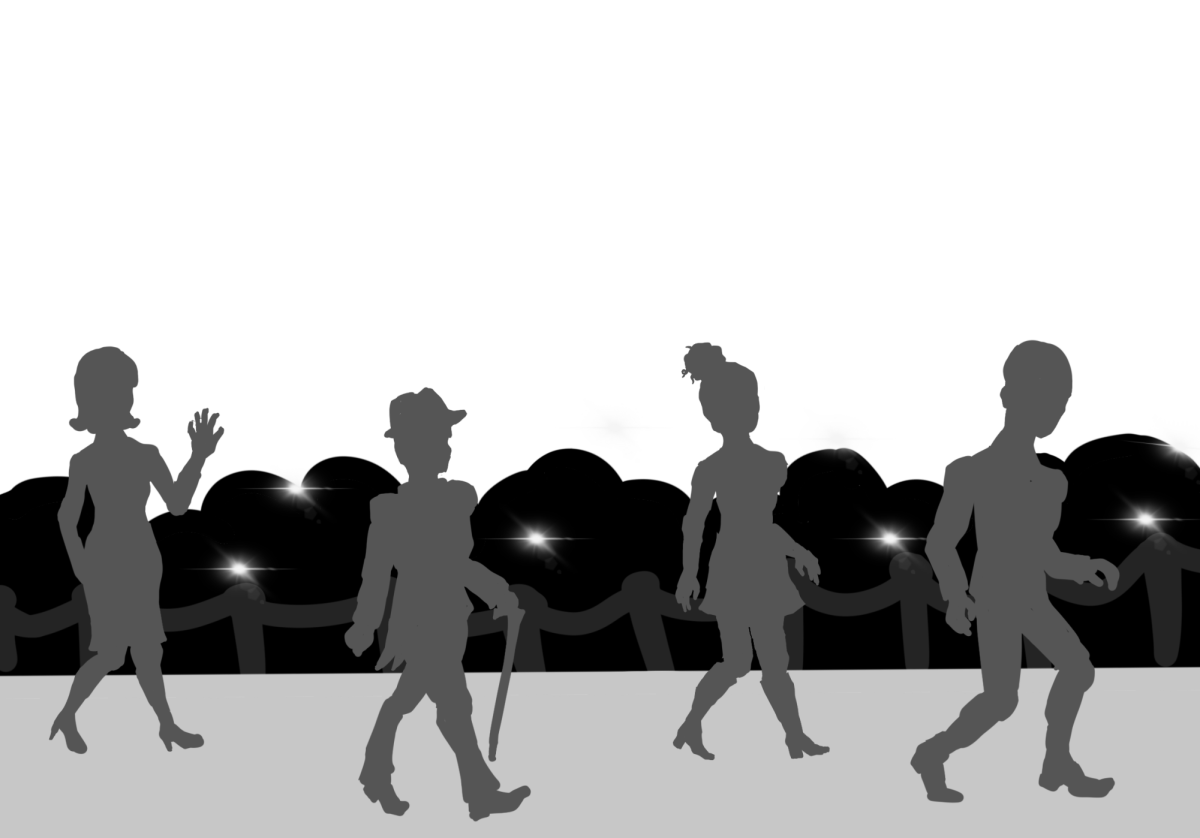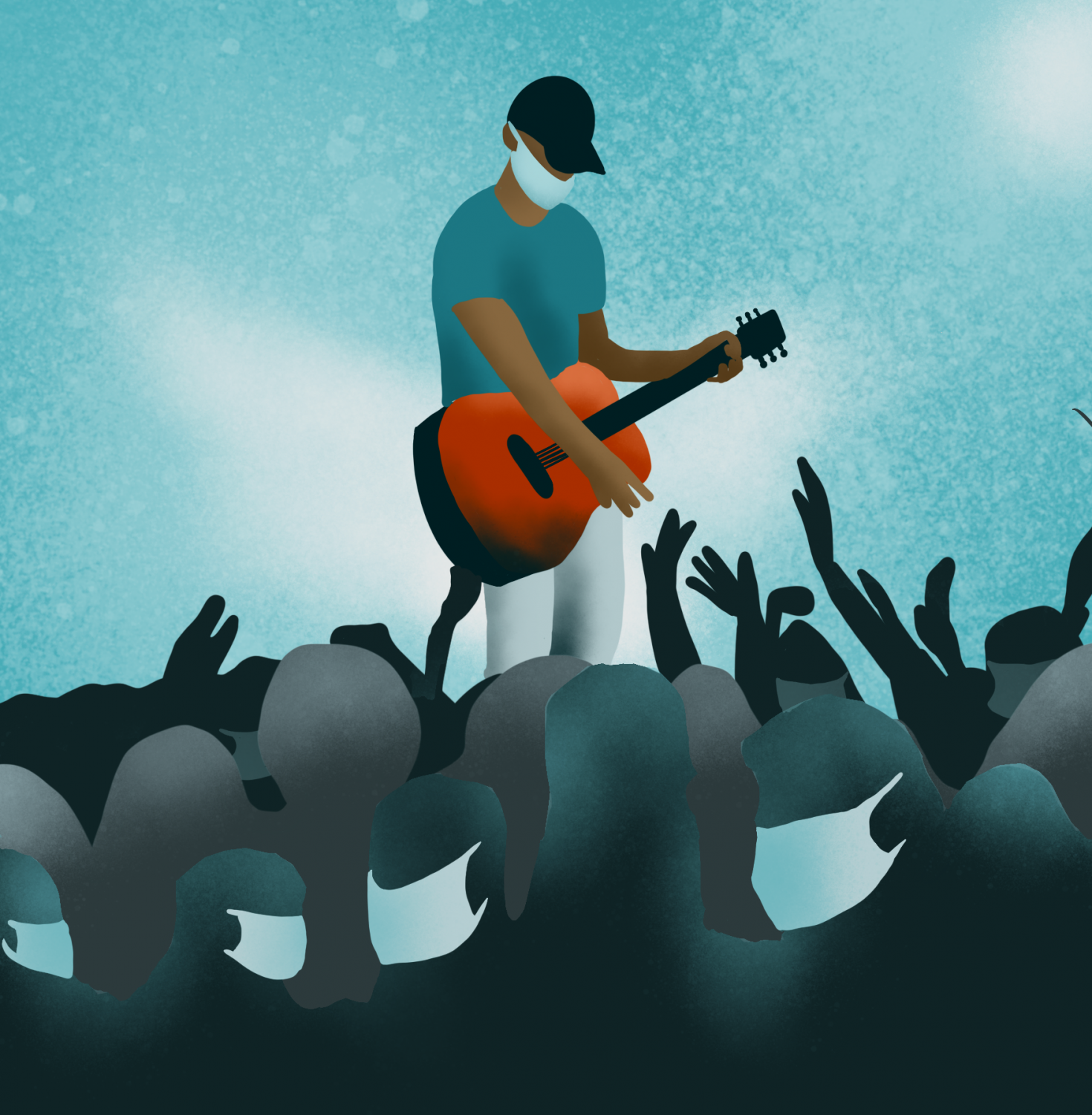
With the light at the end of the COVID-19 tunnel becoming brighter and brighter everyday as more people get vaccinated, you might be starting to wonder what life will look like going forward. One of the most debated topics is the live entertainment scene, especially live concerts, as they were one of the first casualties of the global shutdown. Since then, the global music industry has lost approximately 9.7 billion dollars in ticket sales alone and another thirty billion in sponsorships, concessions, merchandise, etc. This tremendous loss contributed to the financial duress of musicians and concert venues throughout the country. Now, amid discussion of slowly easing back into “normal” life, what will concerts look like?
Optimists speculate that normal touring and shows will return by the fall, but medical experts say otherwise. Dr. Dean Winslow, an infectious diseases expert at Stanford, told Rolling Stone that at some point from late spring to early fall full outdoor concerts will most likely be an option, but he doesn’t see there being full indoor concerts until early 2022. Indoor activities, in general, come with a much higher risk of transmission than outdoor activities, so Winslow’s prediction airs on the cautious side.
Additionally, some musicians might not want to play indoor concerts anyways, for fear of endangering their fans. Henry Cárdenas, the CEO of Cárdenas Marketing Network which works with Bad Bunny and Marc Anthony explained many of his client’s feelings. He said that, “If they know five, seven thousand people [in the audience] could be without the vaccine, they’re not gonna go on stage.” Hopefully, there will be live entertainment opportunities in the near future as vaccination rates continue to increase. At least for now feeling safe at concerts is of the utmost importance, and if that can’t be achieved, most artists will refuse to perform.
When asked if she would go to a concert with COVID-19 restrictions in place like social distancing and reduced capacity, Elizabeth Esan ’22 said “yes” and explained, “I definitely would still be excited because a concert is a concert, so I’d still be able to see my favorite artist live.” Additionally, Esan brought up a good point when she added, “If you think about it [concerts] will be less crowded so you can see more too.” Maybe a smaller, more intimate concert wouldn’t be so bad after all. LM Vocal Music and Music Theory teacher Joshua Hunnex, gave his thoughts on music education and performances returning back to normal. He remarked, “It’s so complicated. We crave being able to make music together and for a long time that was just completely out of the question. Now it seems like the time when we can make music together safely is tantalizingly close, so it’s hard to resist the urge to rush into things. Regardless of when that day comes, we’ll be overjoyed to be doing it again.” It is important to not rush back into normalcy and keep in mind the safety of the student body, but as Hunnex stated, the craving for everything to return to normal is undeniable.
Although some of this information may seem disheartening, it is simply another reason to keep practicing social distancing, wear a mask, and get vaccinated if you are eligible. If we put in the work to stop the spread of COVID-19 now, we will have the opportunity to dance, sing, and have the time of our lives at a concert sooner than later.



